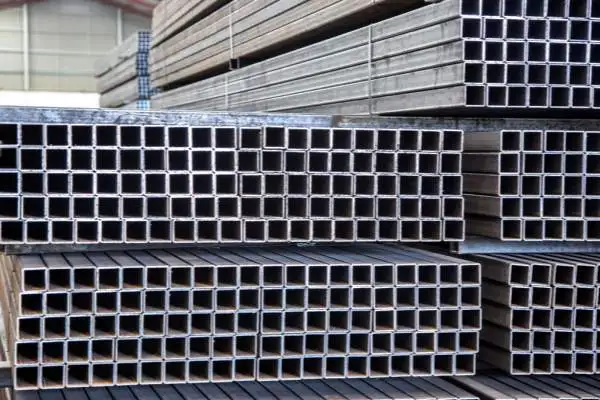Connecting concentric reducers with pipe flanges is a common yet critical procedure in pipeline engineering. Ensuring proper sealing, alignment, and structural integrity is essential for maintaining the performance and safety of the system. While concentric reducers can be directly connected to flanges using standard flange connectors, selecting the appropriate flange type and connection method is vital to achieving a secure and reliable joint.
Super Steel Manufacturing Co.,Ltd is professional pipe fittings manufacturer, for more details, please contact:sales@super-steels.com
Key Guidelines for Connecting Concentric Reducers and Flanges
In practical engineering, the correct connection between reducers and flanges is crucial for project quality and safety. Below are key steps and considerations:
1. Preparation Before Connection
Before starting the connection process, ensure the following:
Verify Specifications: Check that the reducer and flange match in terms of material, pressure rating, dimensions, and flange face type (e.g., RF – Raised Face, FF – Flat Face). These must align with the system design.
Inspect for Defects: Examine all components for rust, cracks, or surface damage. Address any defects before assembly.
Prepare Fasteners and Tools: Have bolts, nuts, and gaskets ready, and confirm their quality. Necessary tools may include a torque wrench, bolt tensioner, level, alignment rod, and appropriate sealing gaskets (e.g., spiral wound, graphite).
2. Connection Procedure
The reducer and flange are typically joined via flange connections. The procedure includes:
Step 1: Alignment
Ensure both connection faces are clean, flat, and free of debris.
Temporary Positioning: Use clamps or spot welds to hold the reducer and flange in place.
Centering: Use a level to check alignment. The concentricity deviation must be ≤ 1 mm, and the centerlines of both ends must be aligned.
Step 2: Welding (if applicable)
For welded joints, apply symmetrical segmented welding to reduce thermal distortion.
Use TIG welding (argon arc welding) for stainless steel, with argon shielding to protect the weld area.
Step 3: Gasket Placement
Select a gasket suitable for the medium and operating temperature. The gasket must match the flange sealing surface and avoid blocking bolt holes.
Installation Tip: Center the gasket precisely. A small amount of molybdenum disulfide lubricant can help prevent shifting. Do not reuse old gaskets.
Step 4: Bolt Tightening
Tightening Sequence: Apply torque using the cross-pattern method in three stages:
30% of target torque
70% of target torque
100% of target torque
Use a calibrated torque wrench in accordance with standards such as ASME B16.5.
Anti-loosening Measures: For high-temperature applications, use anti-seize compound and install disc spring washers.
3. Post-Connection Inspection
After assembly, perform the following inspections:
Tightness Check: Confirm the joint is properly sealed. Re-tighten if needed.
Component Integrity: Ensure all fasteners and gaskets are intact and undamaged.
Leak Testing:
Use soap solution or helium detector for leak checks.
Perform hydrostatic testing at 1.5 times the design pressure.
Stress Analysis: Ensure proper pipe support to prevent excessive bending stress or vibration at the reducer.
4. Important Precautions
During installation, take note of the following:
Choose the correct flange and gasket type based on fluid medium and operating conditions.
Keep all contact surfaces clean throughout the process.
Adhere to relevant engineering standards (e.g., ASME B31.3, GB 50235).
For pipelines carrying toxic or high-pressure media, consider using hydraulic bolt tensioners and record bolt elongation for accuracy.
5. Common Issues and Solutions
Flange Misalignment: Use a wedge gasket for fine-tuning, ensuring it does not protrude beyond the sealing surface.
Bolt Failure: If a bolt breaks, loosen all bolts and re-tighten using the correct sequence to avoid stress concentration.
Reducer Vibration: Install pipe clamps or vibration dampers. Check for fluid pulsation or flow-induced vibration.
Conclusion
Connecting concentric reducers to pipe flanges is a vital operation that demands careful attention to detail. By following best practices—ranging from preparation and precise alignment to proper torque application and post-assembly inspection—engineers can ensure a safe, tight, and durable connection, contributing to the overall reliability and performance of the piping system.



 English
English Español
Español Français
Français بالعربية
بالعربية





















